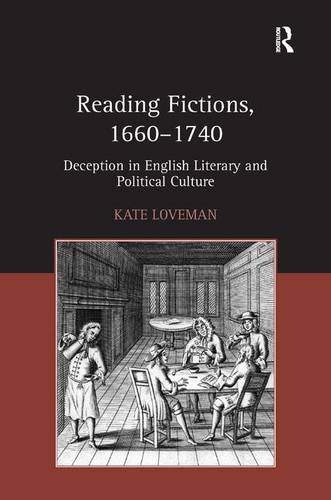Phishing ain’t that new: Samuel Pepys got there first
Samuel Pepys is not often associated with Nigerian internet scams, yet there is an uncanny echo of modern problems in his own forgery of 1661.
In August of that year the famous diarist recorded that he “counterfeited a letter to Sir W. Pen, as from the thiefe that stole his tankard lately”. A follow up letter offered to return the tankard in return for 30 shillings, a trick than William Penn fell for. Pepys retired to a pub to spend the 30 shillings drinking with his friends, where they were joined by the poor Penn who was – perhaps thankfully – too drunk himself to realise that he was the butt of all their humour for funding their own drunkenness. It was only later that the truth was discovered and his anger spilled out.
 This tale opens Kate Loveman’s study, Reading Fictions, 1660-1740: Deception in English Literary and Political Culture. Though her work is firmly historical and literary, considering how this period helped shape the rise of the novel as a literary art form, it provides an interesting parallel with many contemporary concerns about the reliability and use of the electronic word, whether it is in emails, on blogs or in Wikipedia.
This tale opens Kate Loveman’s study, Reading Fictions, 1660-1740: Deception in English Literary and Political Culture. Though her work is firmly historical and literary, considering how this period helped shape the rise of the novel as a literary art form, it provides an interesting parallel with many contemporary concerns about the reliability and use of the electronic word, whether it is in emails, on blogs or in Wikipedia.
Now as then deception and hoaxes often proliferate, with some finding fun or profit in writing words that fool or shock others. Loveman’s argues that readers did not take the written word at face value, particularly as it often featured in public discussion where the readers would add their own commentary, wit and criticism – rather like the internet fashion of fisking, commenting and readers otherwise expressing their views in ways that share them with others.
The role of the coffee house discussion of writings prefigured in content, if not in form, the role which the online world now frequently fulfils. Charles II, in his abortive attempt to close them, attacked coffee houses for being the places where, “divers False, Malitious and Scandalous Reports are devised and spread”. Sounds familiar?
In those coffee house worlds of discussion, the design of title pages, the names of authors and other similar features could all strengthen or undermine the air of authority for the work, just as parallel design issues apply in the online world. The question of anonymity was often a central consideration: “The absence of an author’s name on a publication did not necessarily render it suspect, and might actually improve readers’ perceptions of its credibility. Print publication continued to sit ill with gentlemanly ideals of modesty and financial self-sufficiency, so anonymity might imply a highly credible work authored by a gentleman”.
As readers learnt how to spot tell-tale signs of deception in writings, so writers adapted their own techniques in an attempt to stay one step ahead and with writing styles therefore ending up closely reflecting the influence of readers. Again, there is a strong echo in the present day with the contents of spam, in particular, revealing much about what interests its recipients – and perhaps providing a more honest light on those interests than many other sources of information provide.
“What contemporaries recognised all too well … was that increase in the availability of information did not necessarily correspond to increase in the quality of information. In fact, some rather suspected that the reverse was true and that the requirement to produce frequent reports itself results in inaccuracy and invention,” writes Kate Loveman in words that many would apply to circumstances three centuries on.
In both environments a new vocabulary emerged to help differentiate that which should not be taken literally and honestly. Just as spam and phishing are examples of words that expand on the simple concept of email, so words such as irony spread in their usage to help separate out the text trying to be honest from the text superficially true but really cracking a joke. New words too were created to describe deception, wit and combinations of the two, such as raillery, wheedle, banter, bamboozle and sham.
The public readings also made reading a sociable rather than solitary activity for some, with therefore recent technological trends in many ways being not so much innovations in their impact on the consumption of the written word as a return to the old ways of running commentaries, communal reading and sceptical readers. And as with Pepys’s little forgery, one person’s practical joke can be another person’s mortifying deceit or – in the case of journalists uncritically lifting information from Wikipedia – professional embarrassment.
You can buy Reading Fictions, 1660-1740: Deception in English Literary and Political Culture here.
Leave a Reply